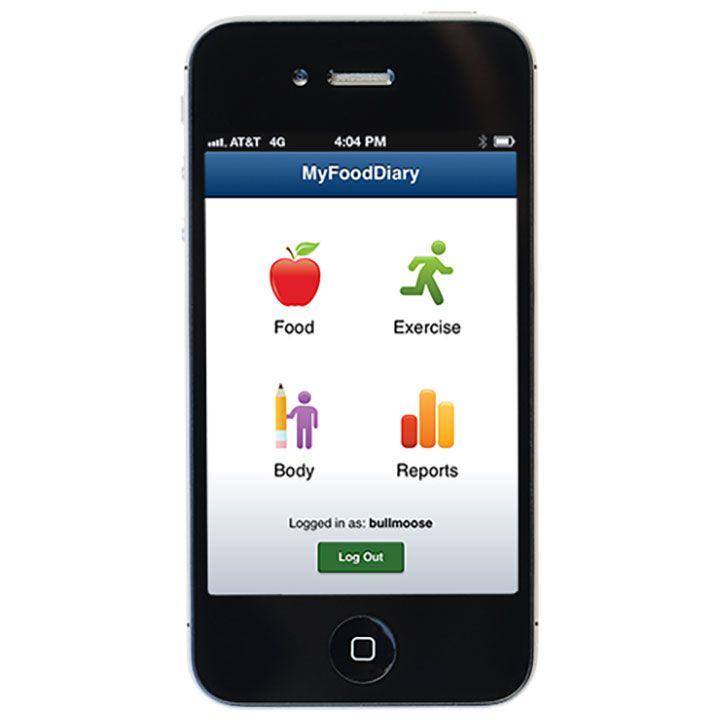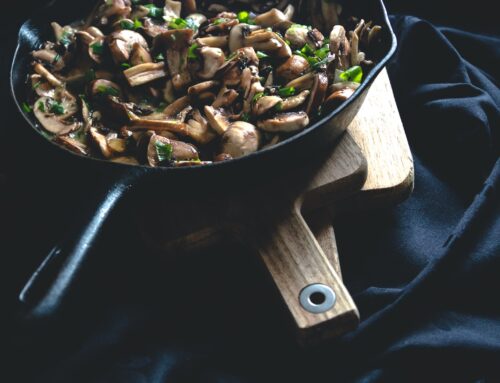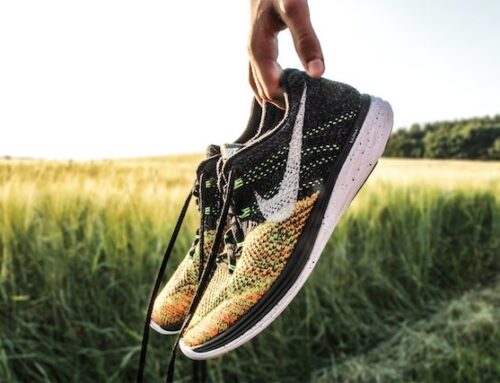What’s the point of tracking, you ask?
Accounting every food you eat seems like it’s only for people who’re over-obsessed with their nutrition and their figures. And besides, who even has the time to do that?
But if you are serious about your nutrition and you want to avoid crash dieting without loving the heck out of food, then knowing what to put in your stomach and how much of it can help you manage the weight.
You’ll also learn a lot about your eating habits as you track your food.
You don’t believe me? Science can back me up on this one. A research found in the Journal of the American Dietetic Association looked at 22 research studies that were published on the relationship between weight loss and self-monitored reporting of weight, food eaten, and exercise.
Reviewers found a positive association between successful weight loss and diligently tracking food intake where dietary reporting was measured.
While tracking food is no more magical than using a weight loss shake, these studies suggest that the practice simply forces you to reevaluate your eating habits and dietary choices.
Okay, so if research shows that there’s a positive relationship between weight loss and food tracking, how does it actually help you with your goals?
- It helps with your weight loss or weight gain goals – for weight loss, diet is the bigger factor that contributes to either the success or failure of a program. Most people don’t realize how much they’re eating, and what they’re eating, on a daily basis. When you’re tracking your food intake, you’ll actually be able to pinpoint where your diet is failing. Are you eating too much Doritos or Chipotle burritos than needed?
- You learn what’s in your food – Once you’ve tracked your food intake long enough, you start to better understand the composition of the food you eat and what you get out of them. For example, you’ll realize what’s inside that glazed donut that you indulge yourself in for a weekly cheat, or what goes through your body after consuming a six-ounce steak.
How do you know if tracking is right for you?
If you are looking to lose weight or if your goals are towards a specific physique, you’ll have an easier time meeting these goals when you have more control over your food intake and eating habits.
It’s as easy as that.
What needs to be tracked?
Once you have a food tracking system or app in place, all you have to do is add the food that you eat (both healthy and unhealthy) and the quantity that you’ve consumed.
It doesn’t need to be complex either. If you want to be thorough, you can also include side notes like what your mood was when you ate food on this particular day or what your energy levels were for that day when you ate like this. This helps you generate a paper trail for your eating habits and you actually find out your true eating habits: do you eat when you’re bored or do you eat when you’re hungry?
How do you start tracking your own food?
Tracking can be a hassle at first, but remember that it’s another skill to learn just like how to follow your exercise regimen at the gym or learning how to cook.
Turn it into a habit and it will be easier for you track down the line. So, here’s how you get started:
- Choose your tracker: I prefer the pen and paper method, but most people use a mobile app like MyFitnessPal or Cron-O-Meter.
- When you’re starting out, ignore the amounts: For the first few weeks of building the habit, write down what you eat without thinking about how much. It’s important to build the habit of writing down all the food you eat and then you work your way towards adding in the amount.
- Log food after you’ve already eaten: Eventually, you’ll want to move towards anticipating what you’re going to eat and logging the foods you will be eating (planning ahead), but for now, you’ll want to start building up a log after you’ve eaten. This makes it easy to build up the habit of writing food before working your way towards something as advanced as planning ahead.





Leave A Comment